Spring shedding is now in full swing. It is a natural part of the horse's preparation for a warmer season. Some horses feel unwell, become listless and sensitive and may develop itchy skin. They may also become reluctant to work harder. Pay attention to your horse's signals. If your horse seems sluggish, it may be a good idea to let it take it easy for a while.
The fur
The horse has three different types of fur. The summer fur is shed in the fall and you can see very short hairs in the bristles when brushing in late summer and early fall. In winter the horse has two different layers of fur. A lower layer of short thick hairs, combined with a fluffy upper layer of longer hairs. When it gets cold, the longer hairs stand up, creating small air spaces between the hairs, providing insulation against the cold.
Many horses tend to change color according to the season and some horses are always lighter in winter than in summer. The undercoat becomes visible when the horse starts to shed its long coat in the spring and that coat is usually woolly and has a darker shade than the long topcoat.
The summer coat begins to grow under the winter coat very early in the spring, long before the horse has even started to shed. When the undercoat has also fallen out, the horse finally becomes sleek and shiny in a new, fine summer coat.
Even horses that have been clipped during the winter months and that appear to have short hair will enter the shedding period.
What controls fur shedding?
It is a complex mix of hormones, environment and nutritional factors that trigger the coat growth and shedding. It is these hormones that cause a stallion to have a smoother and shinier hairline in the spring. than a gelding, and also has a smoother coat later in the fall.
Longer days stimulate the horse to shed its winter coat and shorter daylight stimulates it to grow winter coat.
Thyroid imbalances can also affect coat growth. Some horses with hormonal imbalances do not shed their winter coat until late spring, and some do not shed at all and must be clipped to avoid damage in the warm weather.
Exercise, light and heat make it easier
During this period, you should let the horse take it easy but still find ways to move around. Exercise, light and heat support faster fur shedding. When the horse is allowed to sweat, the body concludes that it is time to get rid of the winter fur. Putting blankets on the horse of course inhibits the growth of the winter fur but can also cause premature fur shedding in the spring because it makes the horse warmer.
If the weather permits, a refreshing bath with a suitable shampoo can be helpful. It stimulates and helps the horse regain its willingness to work more quickly.
Smelling speeds up and relieves itching
You can speed up the shedding process and reduce the risk of disease by brushing your horse regularly every day. Brushing removes any dead hair while giving your horse a body massage that helps maintain good circulation and supports healthy skin, which also stimulates the sebaceous glands. It also relieves the itching that shedding can cause.
Good tools help. There are different types of combs, scrapers and gloves, more or less specialized for the different layers of fur. Be careful with hygiene when it comes to grooming brushes, for example. It is best to have separate grooming tools for each horse, as skin problems such as fungal infections and vermin can easily spread otherwise.
You should avoid clipping your horse when it is shedding and shedding, wait until the process is complete before clipping it. Shaving your horse when it is shedding or shedding disrupts the horse's natural process, which can negatively affect its general condition.
Feed supplements that enrich the coat
Protein is the building blocks for the new coat and therefore it is not uncommon for horses to have difficulty maintaining muscle during this period as the horse's body will always prioritize coat growth over our goals with muscle mass. You can therefore help the horse maintain its muscle mass during this more vulnerable time by giving Muscle Maker. This can be for all types of horses and not just aimed at competition horses, for example.
Some horses feel noticeably better when given feed yeast or other B vitamins throughout the shedding period.
Deficiencies in copper, selenium, silicon and certain vitamins, such as biotin, also cause a dull and lifeless hairline and slow down the seasonal change of the coat.
In short: a healthy horse that receives a balanced diet of roughage sheds faster in the spring than a malnourished horse does.
If you want to see more of Tölta's range of shedding products and other fur care, you can find them here .


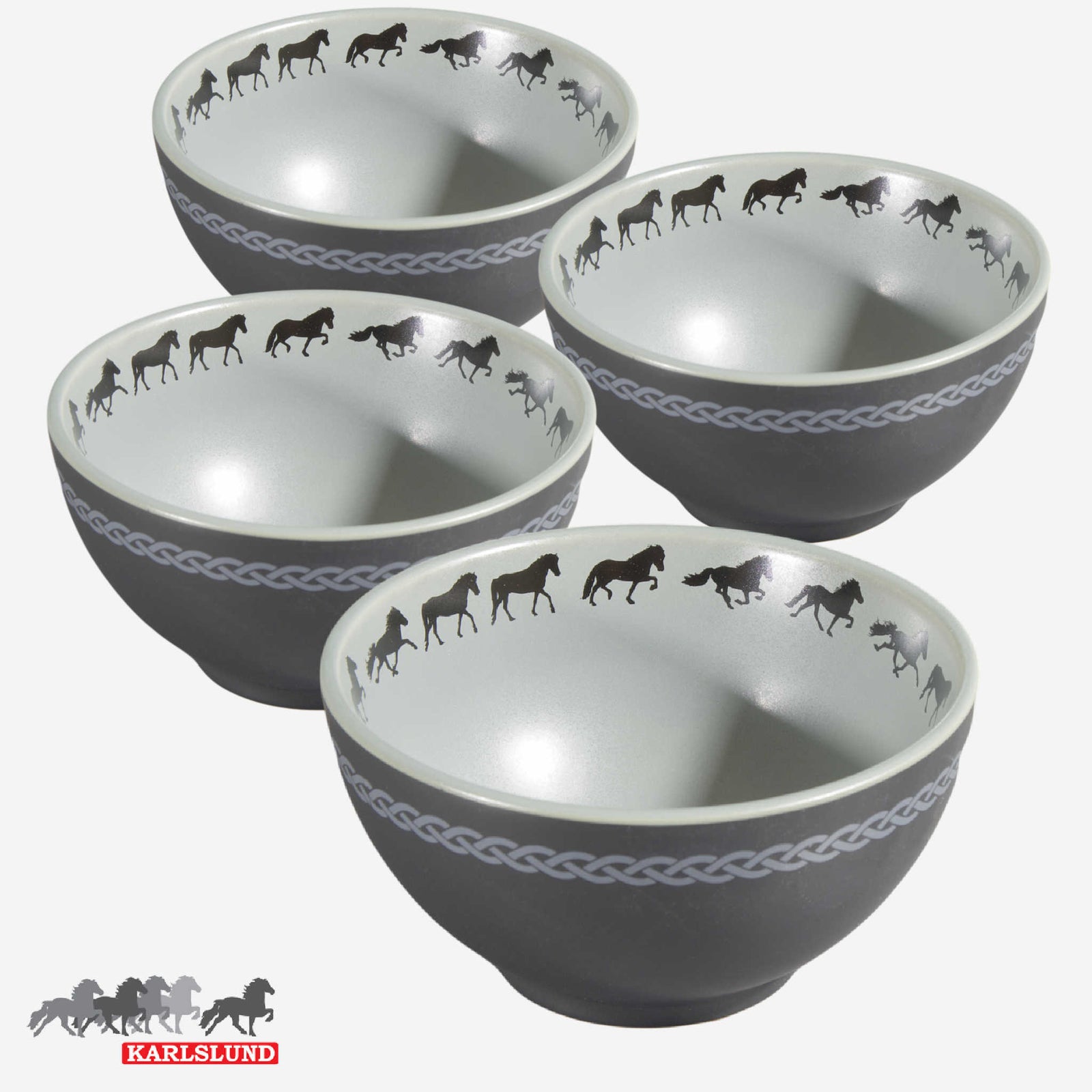

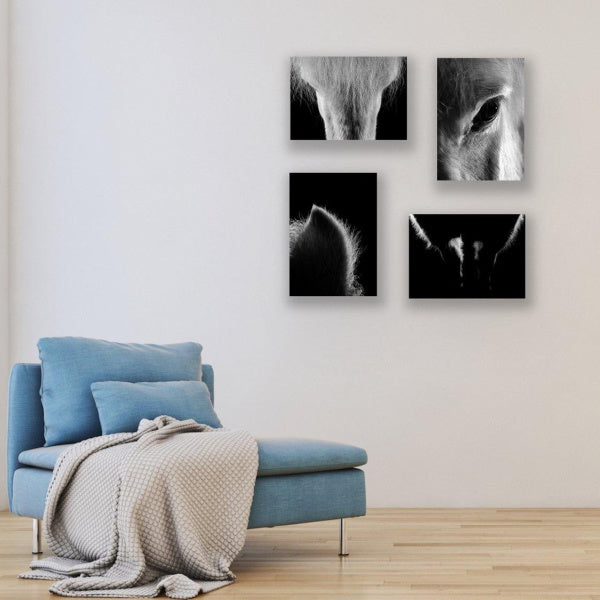

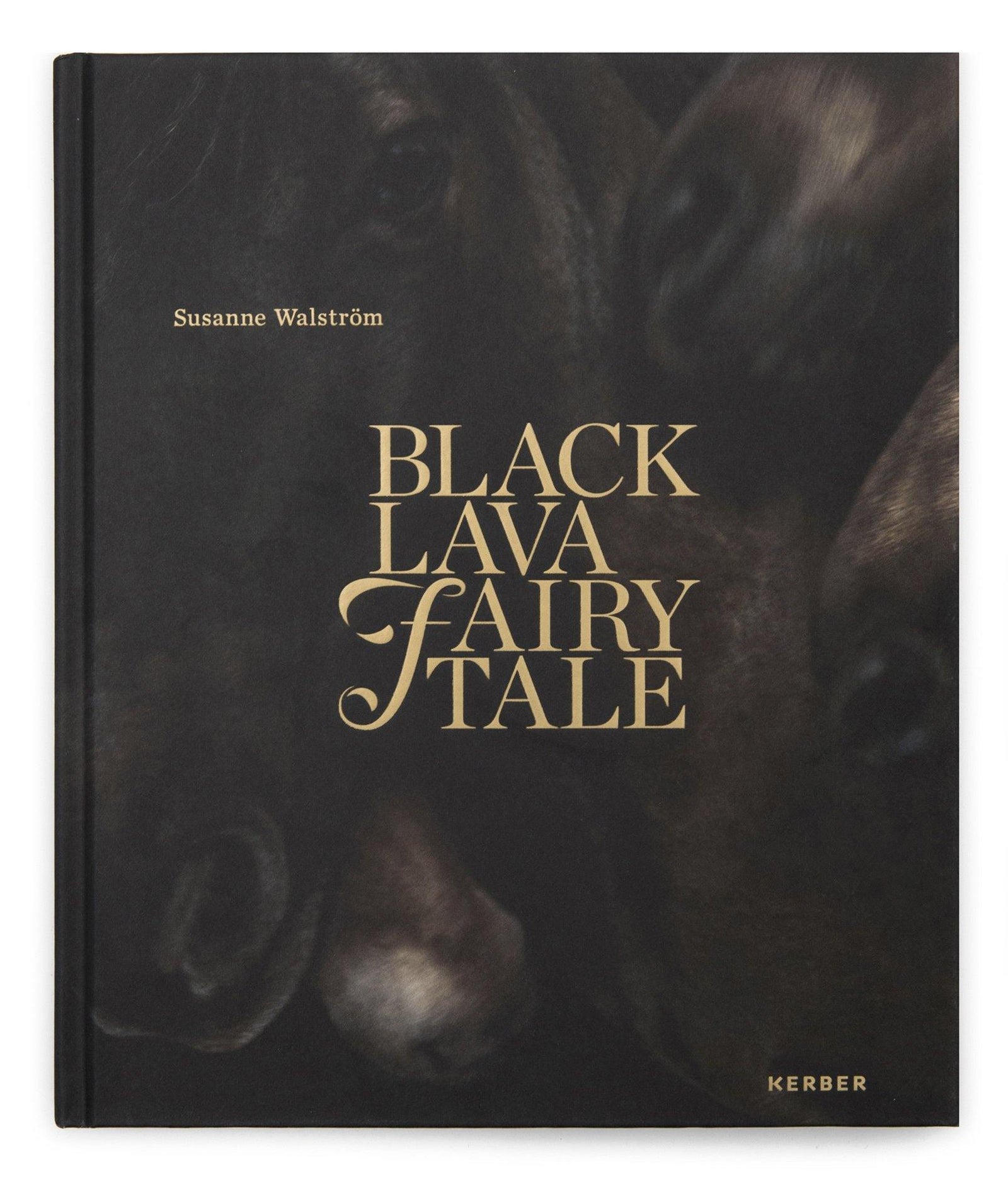

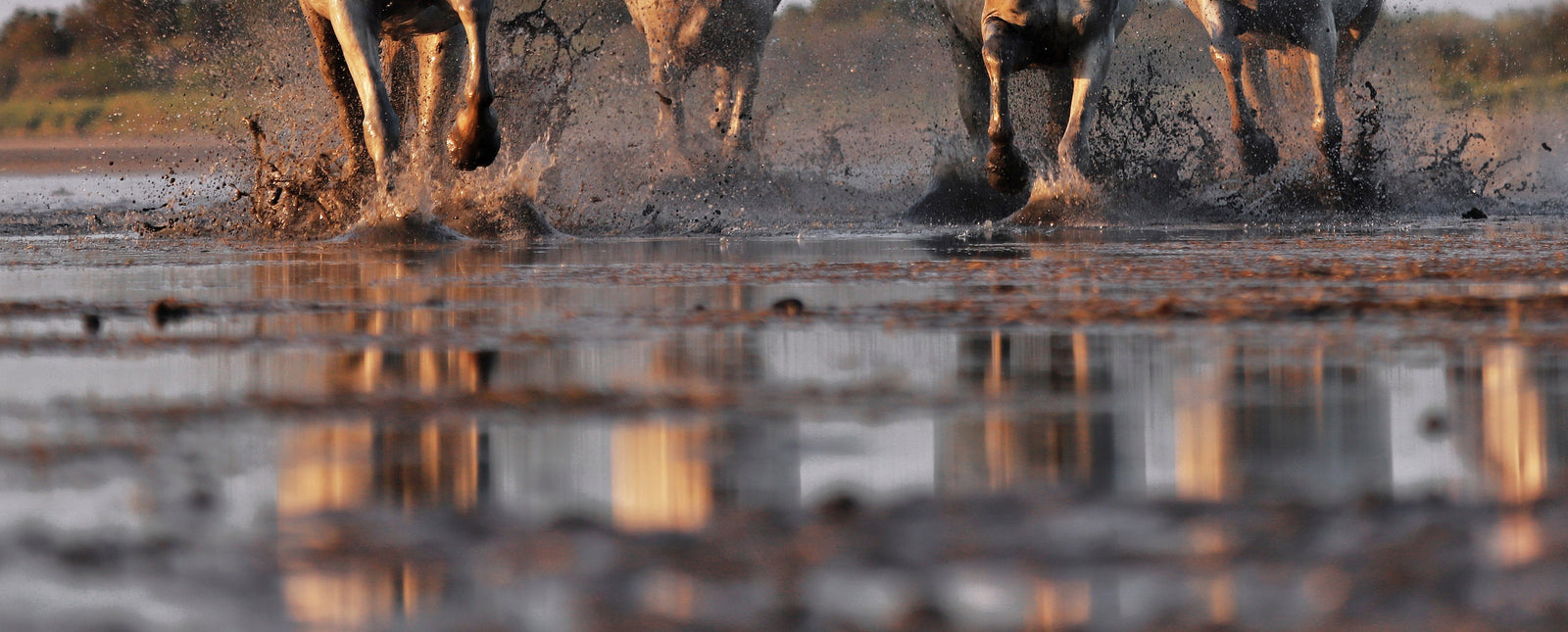
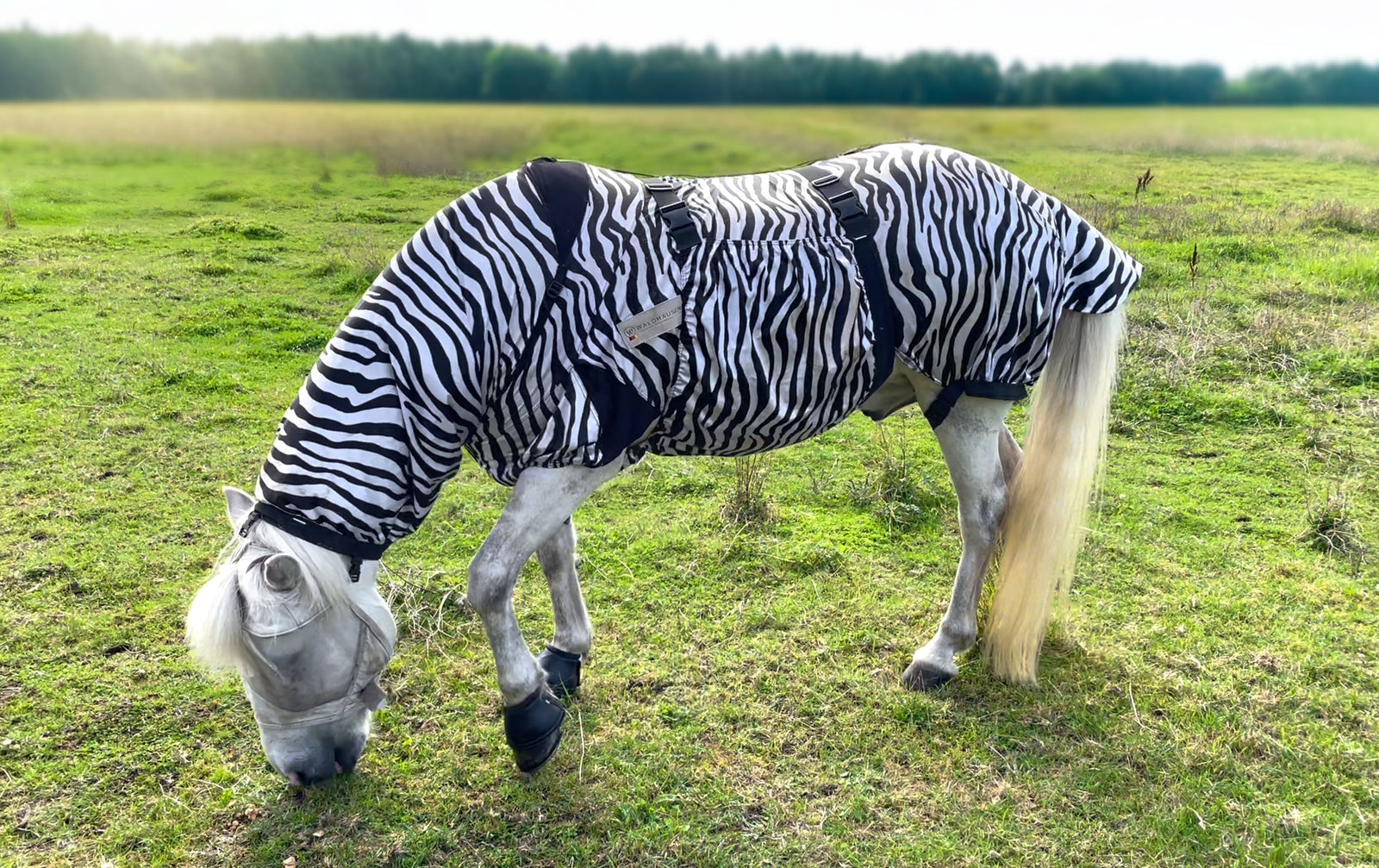
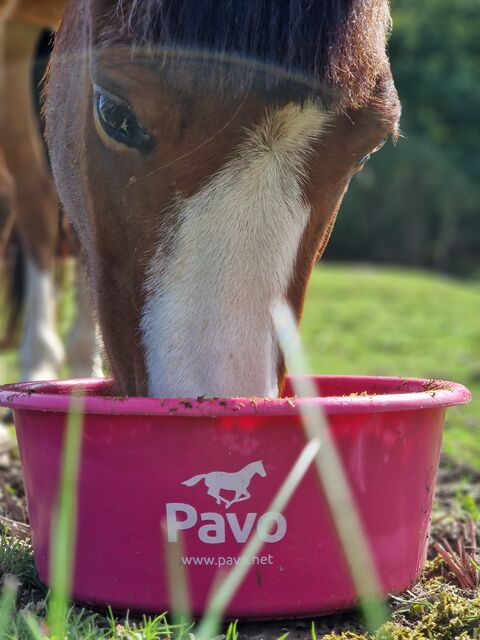















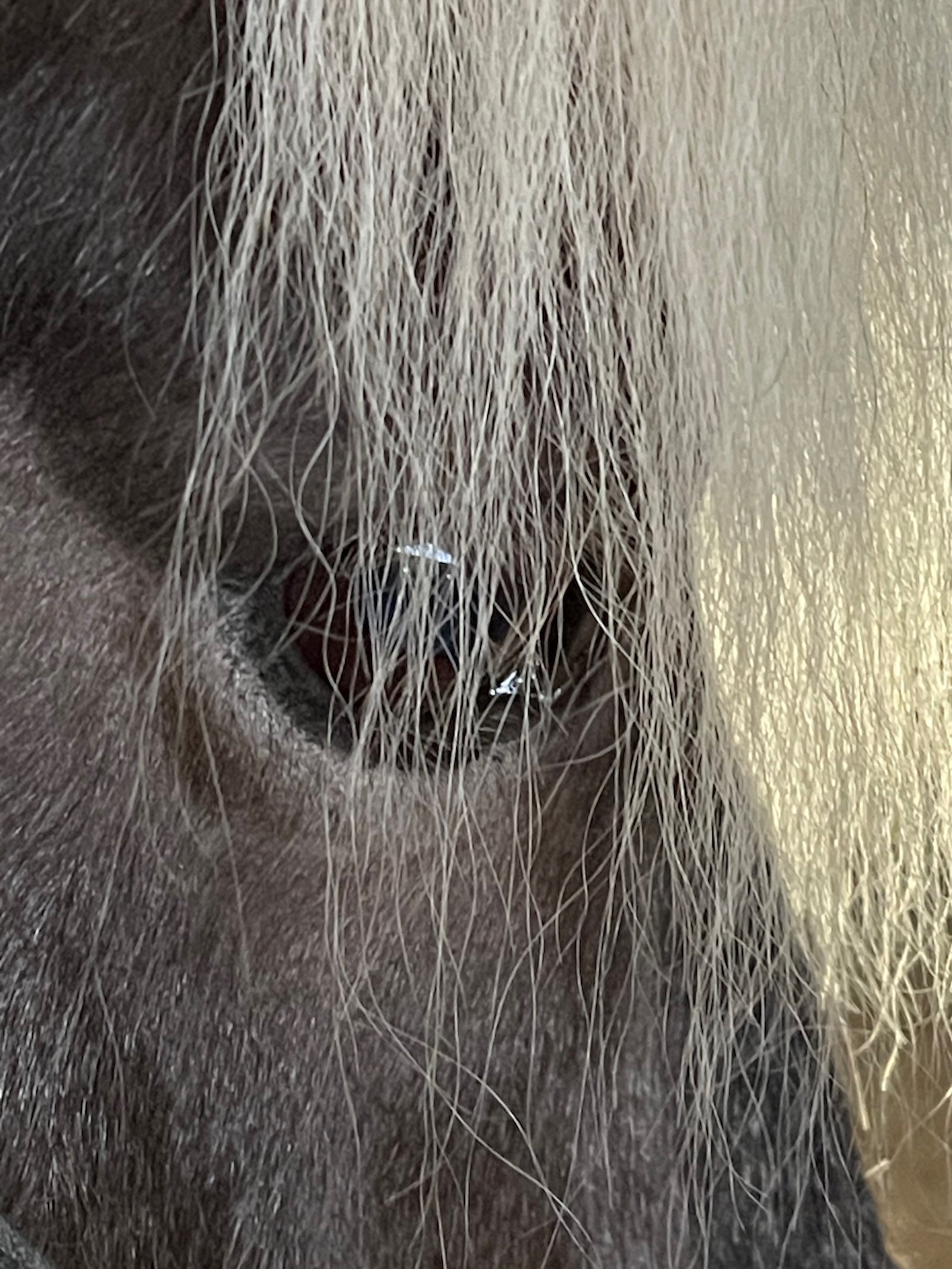
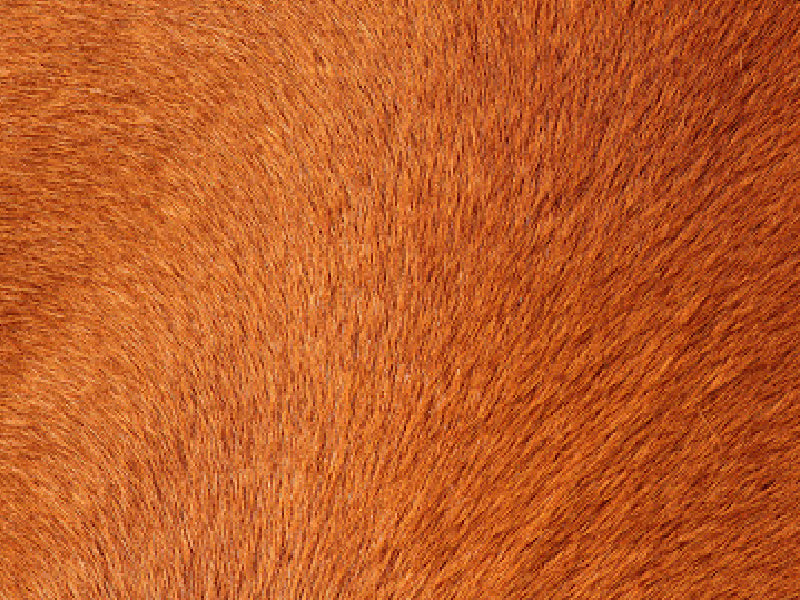


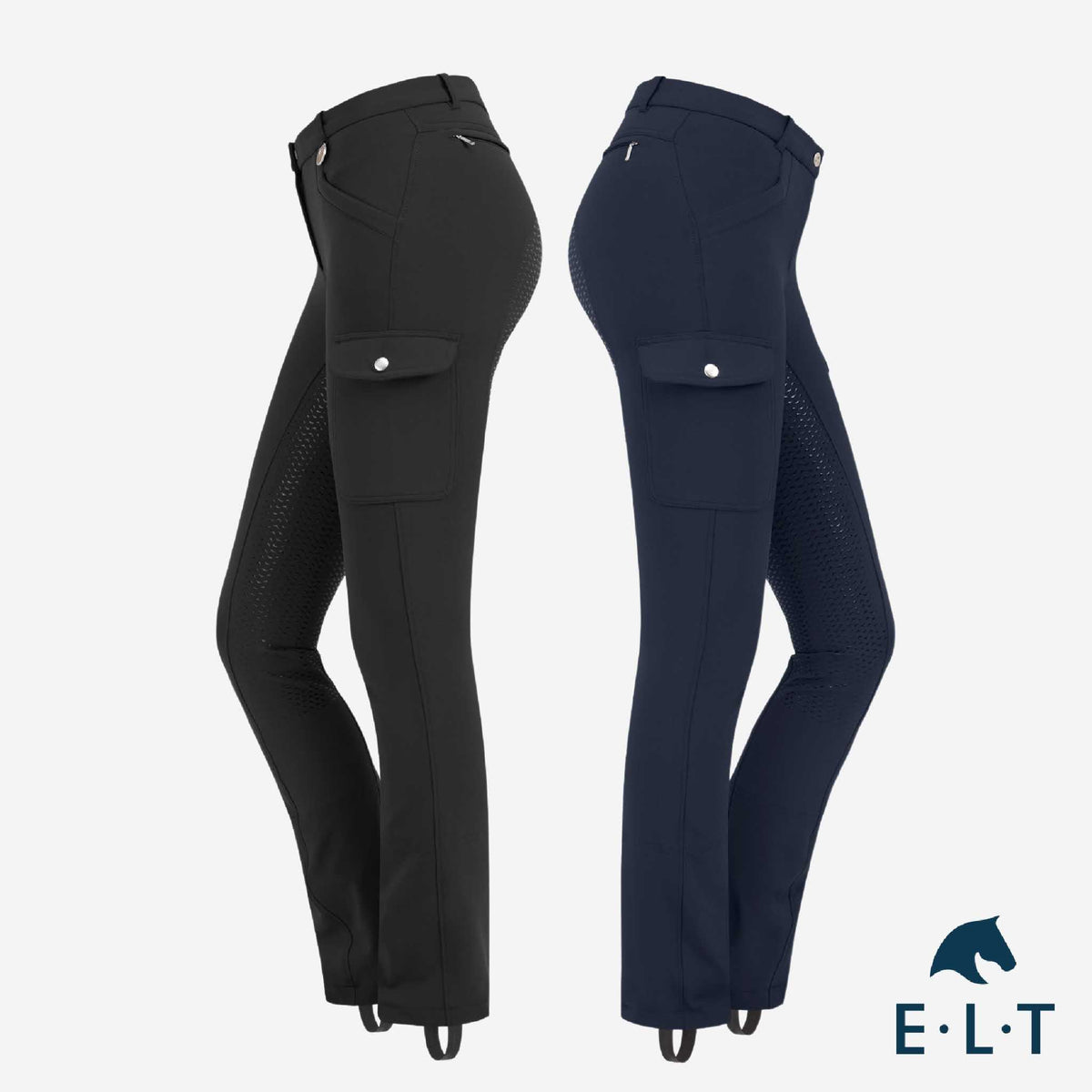
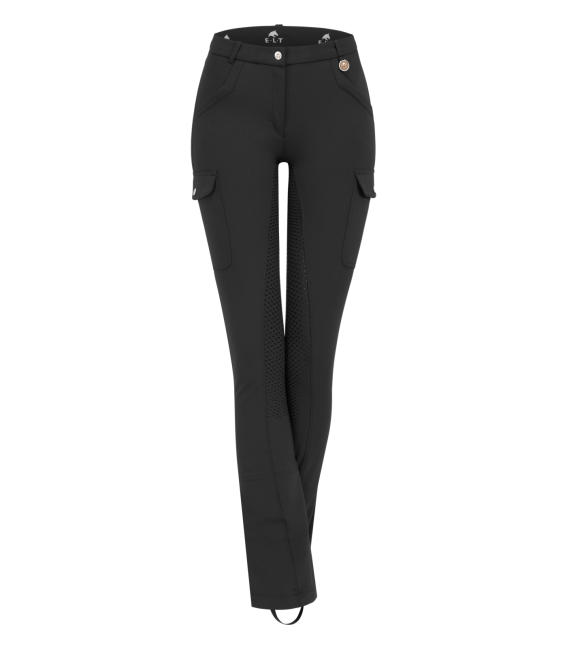
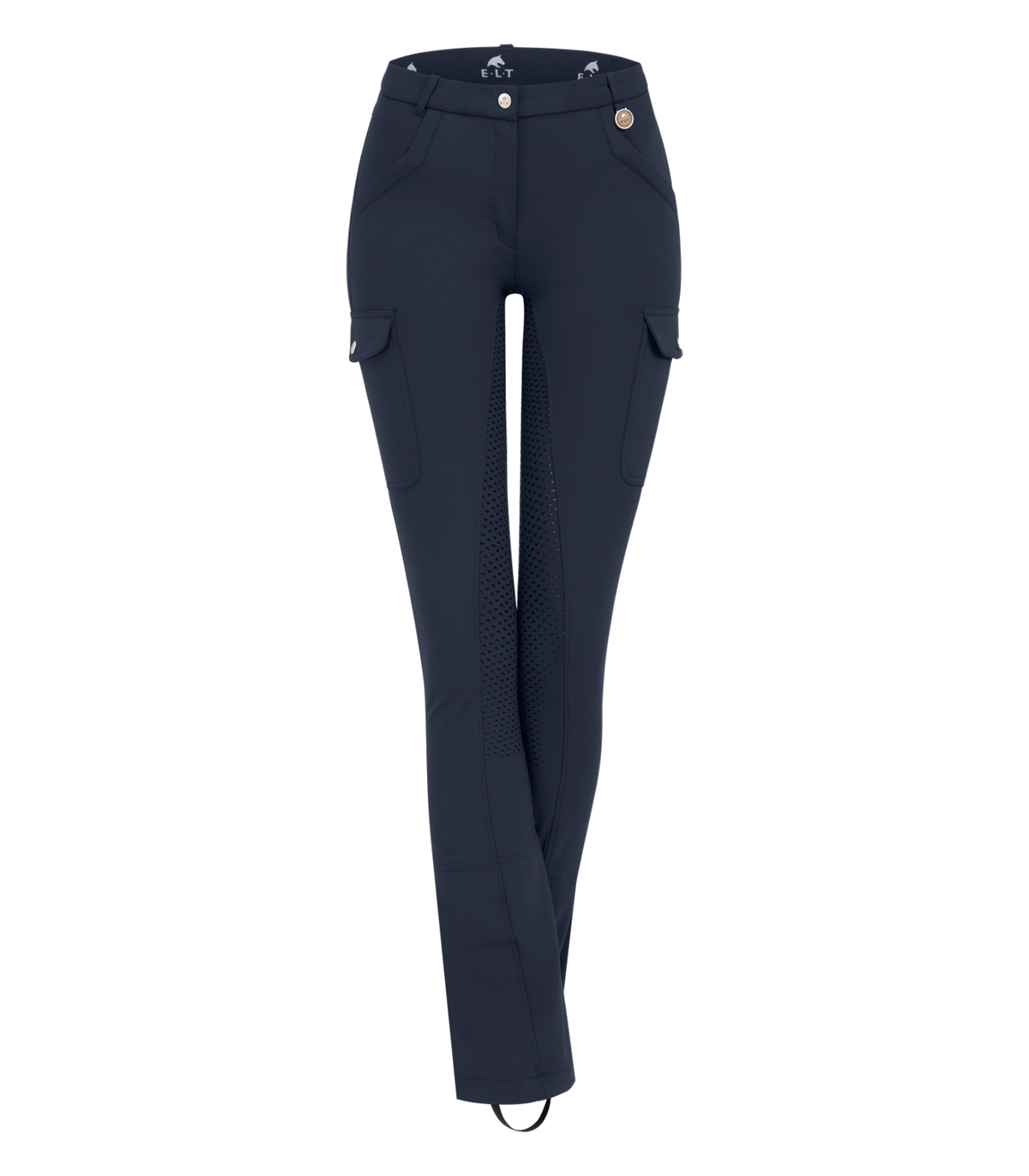
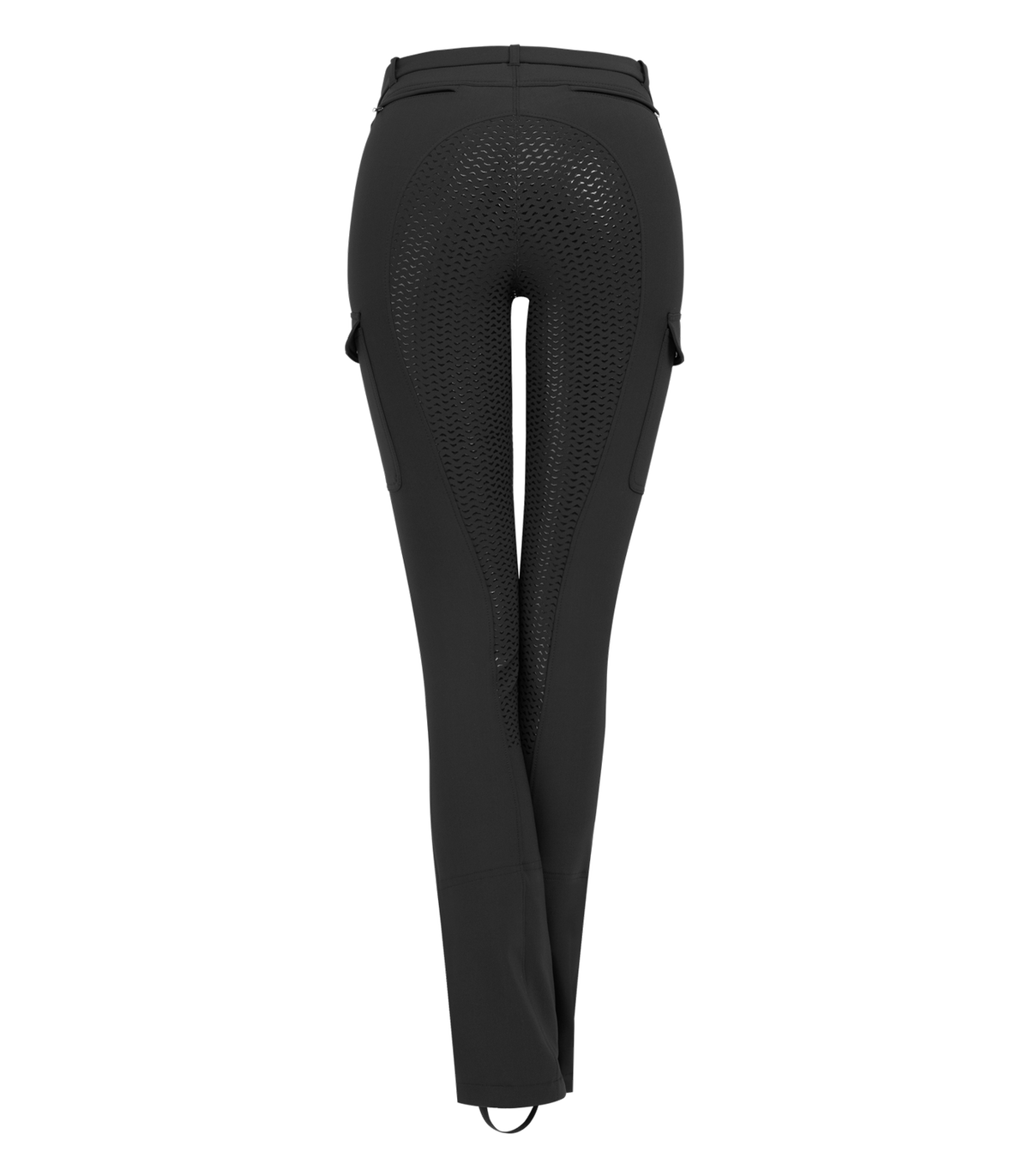
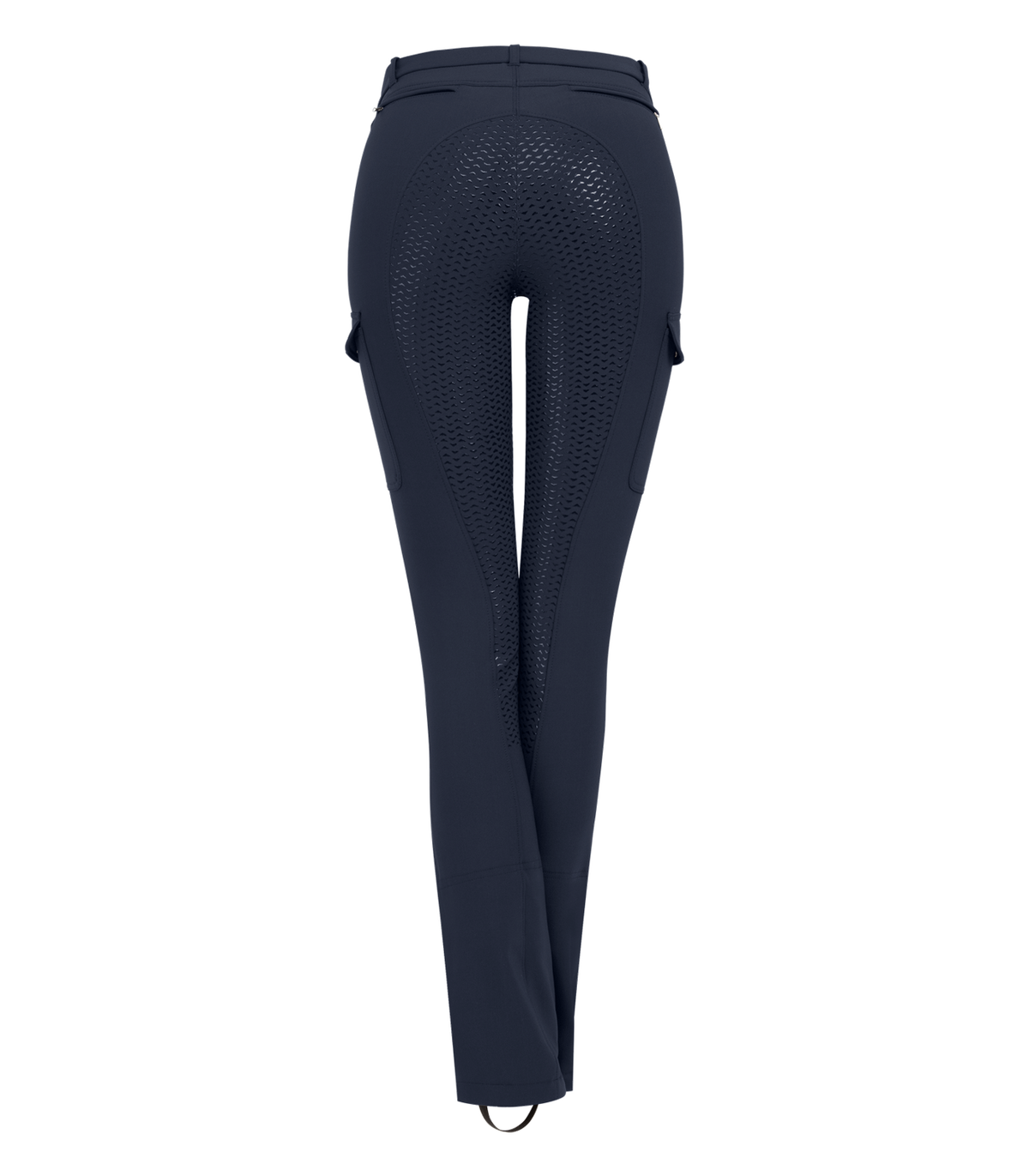
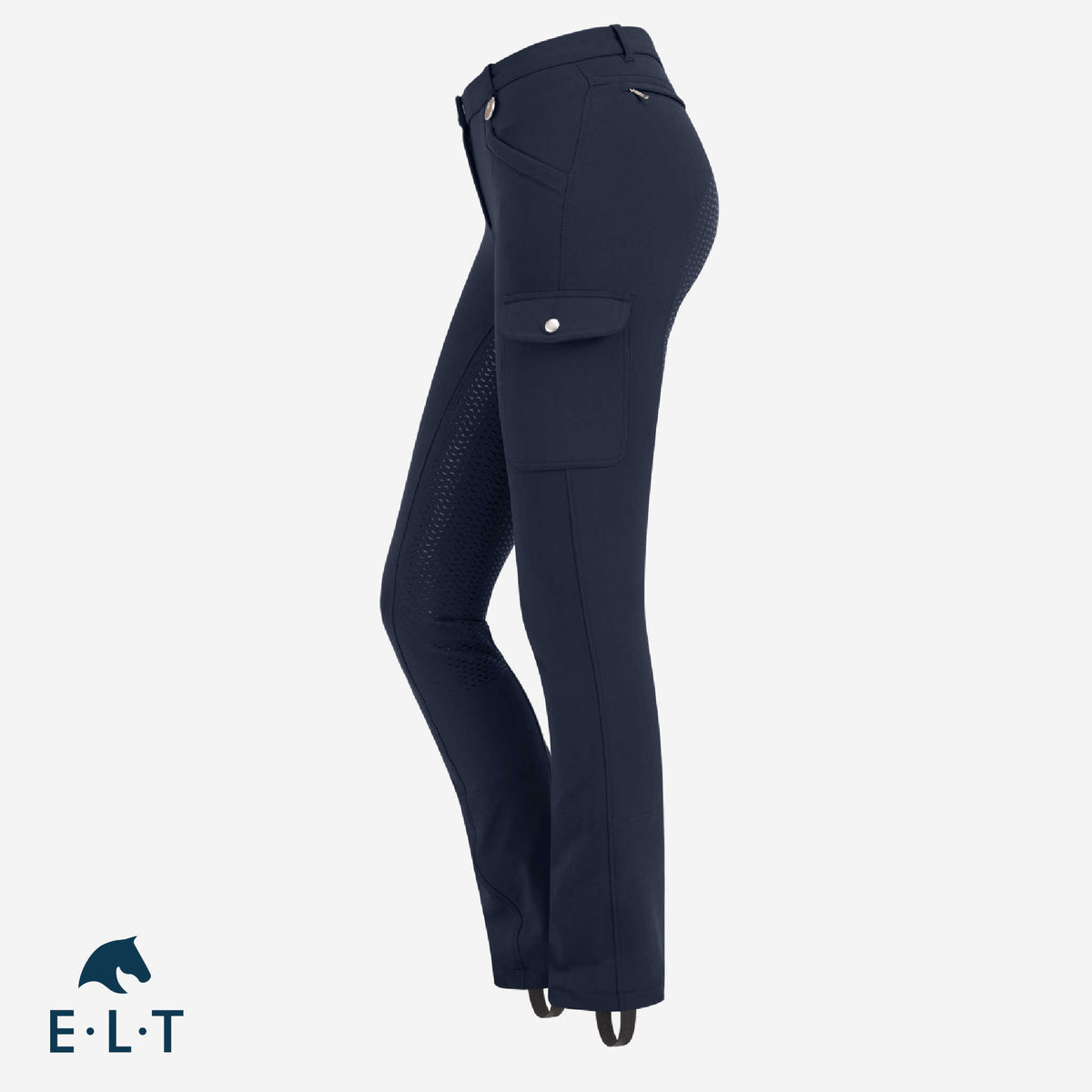






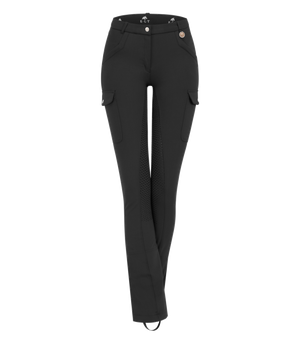
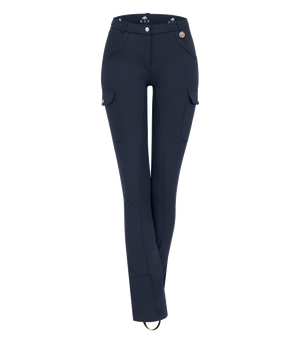

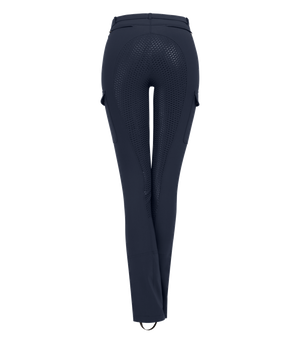
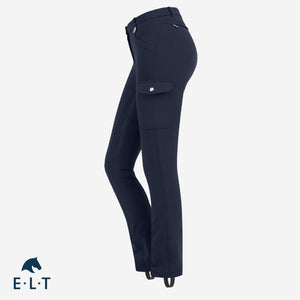






Leave a comment (all fields required)